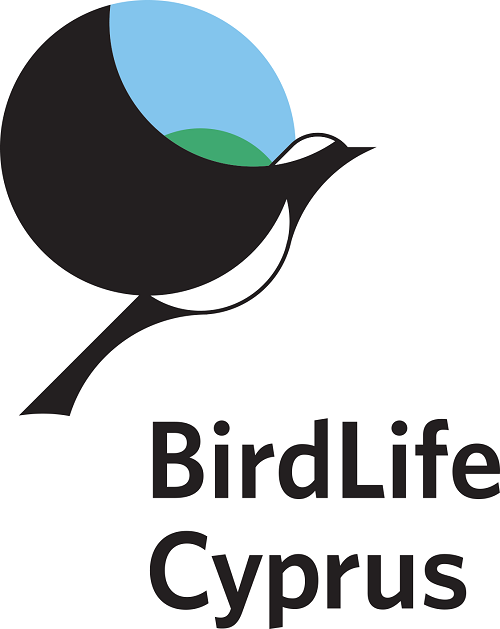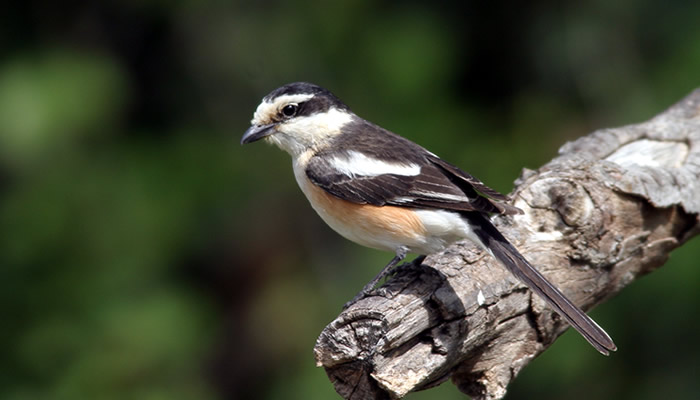Common land-birds in Cyprus
- Homepage
- Pages
- Monitoring birds
- Common land-birds in Cyprus
- Monitoring birds
common land-birds in Cyprus
In recent years, BirdLife Cyprus has managed a number of programmes aimed at obtaining information on the population sizes, ranges and trends of land-birds in the island. Since 2006, a pilot Common Birds Monitoring Scheme (CBMS) has collected information from volunteers who monitor randomly selected plots preferably near their homes, twice a year during the spring to early summer breeding period, while BirdLife Cyprus member Derek Pomeroy ran a similar common birds monitoring programme in the west of the island. In 2003, members David Whaley and Judy Dawes published a pilot Cyprus Breeding Birds Atlas, once again with the best data collected in the southwest.
Cyprus is obliged, under European Union (EU) regulations, to collect and make public information on birds and habitats in the country. BirdLife Cyprus was contracted by the Government of the Republic of Cyprus to assist with this process, including reporting on bird species populations and trends under Article 12 of the EU Birds Directive in 2013. Furthermore, it has been contracted by the Government of the Republic of Cyprus during 2012-2014 to produce a Farmland Bird Index, an indicator used to monitor the health of farmland and nature in EU Member States.
In a related survey programme, observers collect evidence of breeding activity of birds, with the aim of covering all 10-km squares on the island. This information on the distribution of breeding bird species across the island will not only be the basis for a national atlas of the breeding birds of Cyprus, but it will also feed into the new European Breeding Bird Atlas, which is expected to be published in 2020.
In addition to the CBMS and atlas work, since 2014 special survey work has begun to assess accurately the populations of certain species of special interest, such as nocturnal surveys for our four owl species (Barn Owl Tyto alba, Long-eared Owl Asio otus, Scops Owl Otus scops, Little Owl Athene noctua) plus Nightjar Caprimulgus europaeus and Stone-curlew Burhinus oedicnemus, and special surveys for a small number of restricted-range species, including the Shag Phalacrocorax aristotelis (coastal surveys), Calandra Lark Melanocorypha calandra, Woodlark Lullula arborea, and the Roller Coracias garrulus, which are not expected to be adequately covered by the regular CBMS network.
Most of the field work for the CBMS and atlas is carried out by BirdLife Cyprus’s network of volunteers. In order to make these surveys as representative as possible, more volunteers are urgently needed, especially in the east of the island.
If you are interested in participating in this work, please contact christina.ieronymidou@birdlifecyprus.org.cy.


